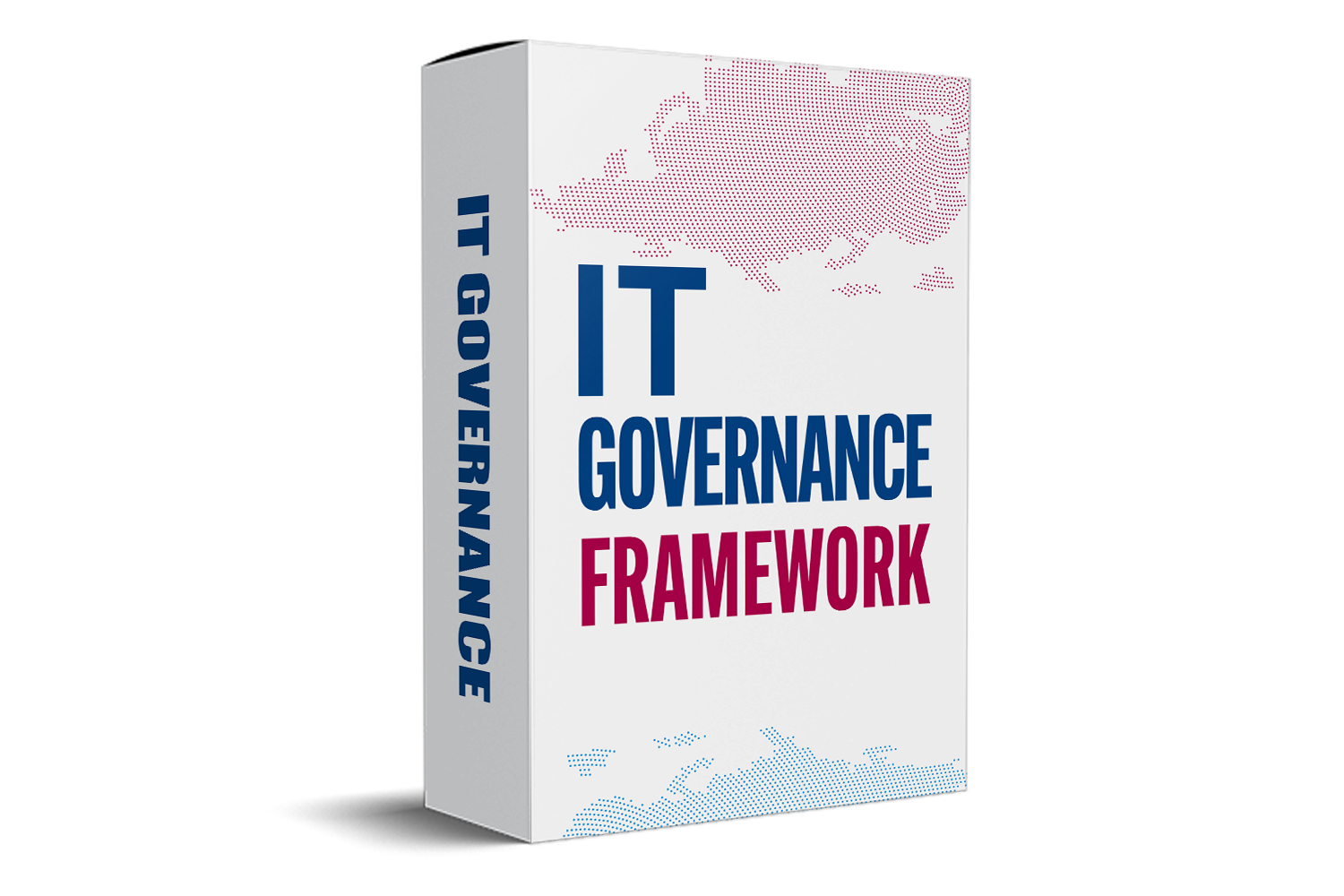Internal Audit Strategy Template: A Comprehensive Guide to Optimize Your Audit Process
Creating an effective internal audit process can seem overwhelming. Without a clear plan, organizations risk missing vital risks or wasting resources. A good internal audit strategy keeps everything on point, aligning with business goals and making sure risks are managed properly. This guide gives you a step-by-step internal audit strategy template that you can customize to fit your organization’s needs.
Understanding the Purpose and Benefits of an Internal Audit Strategy
What is an Internal Audit Strategy?
An internal audit strategy acts as a roadmap for auditors. It outlines what will be reviewed, how it will be checked, and why. This plan makes sure audits are valuable, focused, and aligned with what the organization needs. It ties directly to the company’s overall goals, compliance rules, and risk management plans.
Benefits of a Robust Audit Strategy
- Better risk detection and fewer chances of fraud slipping through.
- Ensures the organization follows laws and industry standards.
- Builds trust among stakeholders and makes the company more transparent.
- Helps management make smarter decisions based on well-supported findings.
Real-World Example
Take a financial firm that struggled with repetitive audits and missed risks. By planning their audits well, they identified weaknesses quicker and cut down on unnecessary work. Their audit results improved, and stakeholders grew more confident in their risk controls.
Developing an Internal Audit Strategy Template
Conducting a Risk Assessment
Start by spotting what risks your organization faces. Look at data, surveys, and talk to key staff. Focus on risks that could hit hard or happen often. Use tools like risk registers to list and rank these threats. This helps you see what needs the most attention.
Setting Audit Objectives and Scope
Next, set clear goals. What do you want the audit to achieve? For example, verify compliance or check financial controls. Decide which parts of the company to review—specific departments, processes, or regulators' areas. Having clear goals and limits stops wasted time and resources.
Expert tip: "Clear scope means better results. It saves time and keeps everyone focused." — Audit Expert
Designing Audit Plans and Programs
Now, map out the steps to check each area. Create testing procedures, choose tools, and set timelines. Determine how much staff you need and when. Consider using a sample audit schedule template that shows what gets checked and when.
Structuring the Audit Team and Resources
Assigning Roles and Responsibilities
Define who will lead the audit, who’s on the team, and who communicates with admin or management. Clear roles avoid confusion. Set expectations on what each person handles to ensure accountability.
Training and Skill Development
Identify gaps in team skills. Provide ongoing training, especially in new tools or standards. Using software like data analytics can make audits faster and more accurate.
Budgeting and Resource Allocation
Plan your budget carefully. Include costs for tools, travel, and training. Use resource planning templates to balance workloads, so no one is overwhelmed during busy times.
Implementing and Monitoring the Audit Strategy
Executing the Audit Plan
Follow your plan step by step. Use checklists and standardized reports to make the process smoother. Document all findings clearly to prevent mistakes or missed facts.
Continuous Monitoring and Feedback
Track progress regularly. Hold briefings to review what’s done and what’s left. Update your plan if new risks pop up. Set KPIs like audit speed or accuracy to keep quality high.
Reporting and Stakeholder Communication
Create straightforward reports with key points and recommendations. Share these with senior leaders and the audit committee regularly. Clear communication helps everyone understand the risks and needed actions.

Evaluating and Improving the Audit Strategy
Post-Audit Review
After each audit, look back. Did you meet goals? Were the risks identified correctly? Gather feedback from your team and stakeholders. This helps you spot areas to improve.
Incorporating Lessons Learned
Update your strategy based on past audits. If certain risks are more common, strengthen your focus there. Constantly improve by tweaking your approach.
Actionable Tips for Long-Term Success
- Review your audit plan at least once a year.
- Keep up with new standards and best practices, like IIA guidelines.
- Foster a culture that values learning and improvement in auditing.
Conclusion
A solid internal audit strategy acts as the backbone of an effective audit process. Tailoring the template to match your organization’s size, risks, and goals will maximize results. Remember, a clear, adaptable plan makes audit work faster, smarter, and more impactful. Proper planning reduces risks and boosts your organization’s resilience. Regular updates and honest feedback make your audit process stronger over time. Take these steps to build a strategy that leads to better controls, clearer insights, and more confidence from stakeholders.


